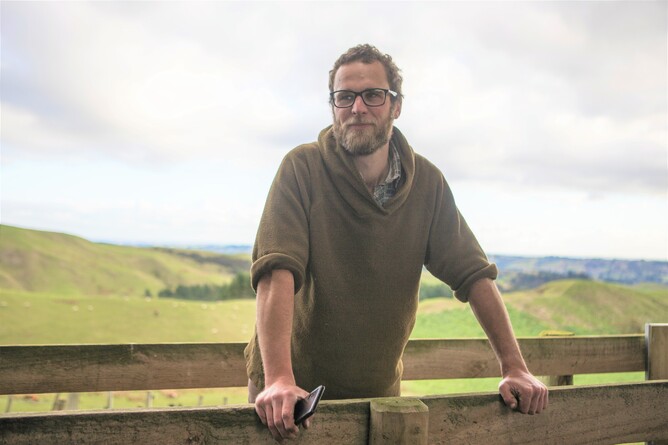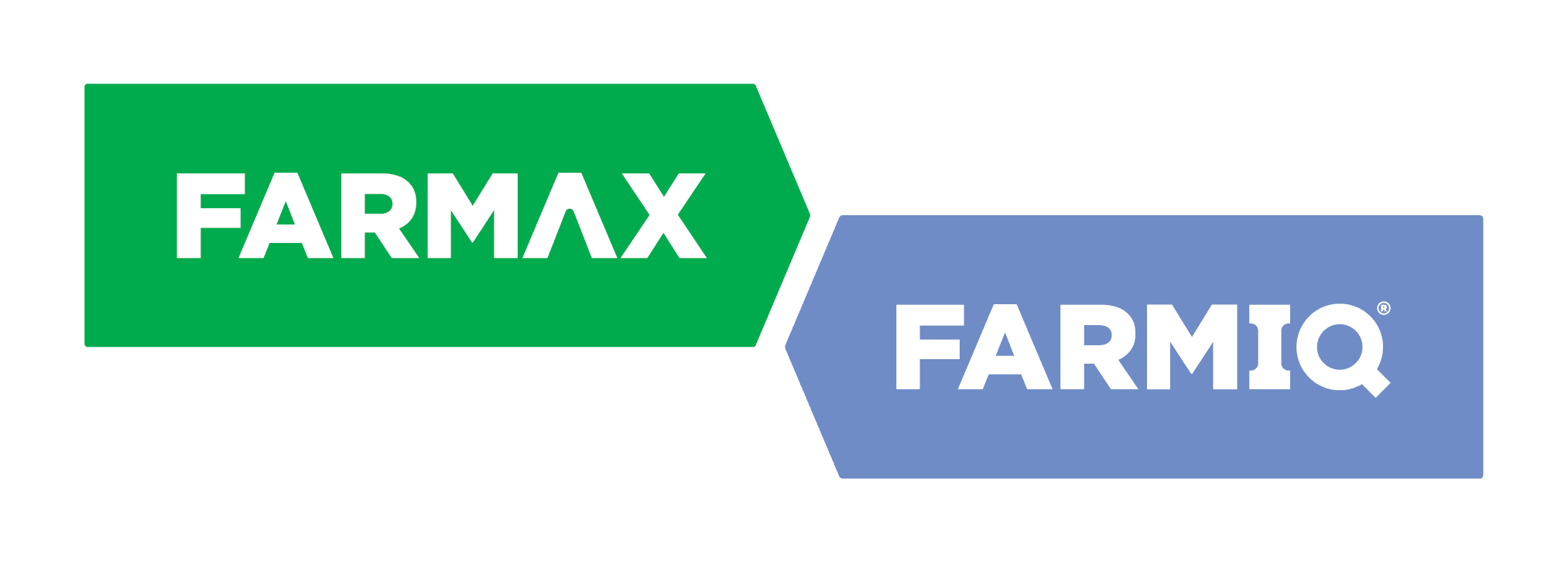Matt Carroll always knew his future self would end up working in the agriculture industry, but he didn’t expect his path getting there would see him journey through different countries and rural careers, giving him a valuable understanding of the industry’s challenges as a farmer, a rural professional and a consumer.
He studied ag at university, then got a job with PerrinAg where he spent almost three years before heading off to Scotland for a year. Once he returned to New Zealand he went full-time farming for almost five years, and now he works as a consultant for BakerAg in Fielding while also working in the family farming business.
“This is a really good split now to be able to do this [consulting] four days and then still be involved with the farm as well,” Matt smiles.
“People wondered why I went consulting from farming, but I suppose I just got to the realisation that I enjoy working with people and I enjoy problem solving.
“Coming on board and helping people who are – often at no fault of their own – just in a tricky spot. And when someone's in a really dark place like that, you can come in and actually be quite helpful, assisting with decision making and putting processes in place, and really helping people get back on track again. That's really rewarding that work,” says Matt.
Matt’s consulting expertise lies in sheep, beef and deer, and he works with a diverse range of clients, from farmers who are top five-percenters, always looking at new options and bouncing ideas around, to farmers who have a specific goal or issue in mind, such as buying a new farm or planning for succession.
A mixed outlook ahead
With constantly changing markets, regulations and weather conditions, farmers need to stay on their toes, be prepared to act quickly and have different plans in place depending on how different scenarios play out.
“It was quite a dry, early winter and then it really turned wet, but a wet late winter is quite nice because it means you only stomp around in mud for the end of it.
“Then come mid-December, it was starting to get a bit interesting when Hawkes Bay farmers were starting to unload quite a bit of stock in early November – bulls and a lot of lambs. That got a little bit tense, and people were wondering what the hell the summer was going to bring,” explains Matt.
Luckily, Matt says, many farmers received a world of rain over Christmas and this meant summer crops were really kicking in and growing well now. Overall, his verdict was that summer has been kind to his farmers – so far.
A good mix of sunshine and rain is sure to make any farmer smile, but this surprisingly pleasant summer has been especially welcomed by farmers who are still dealing with the damage of Cyclone Gabrielle and poorer returns over the last two years.
A lot of rebuilding is yet to happen, and with insurance payouts and government support not nearly sufficient to repair all the damage inflicted by the cyclone, farmers are putting their normal repairs and maintenance spends towards repairing storm damage. This has the flow-on effect of no regular repairs and maintenance happening for two or three years and normal farm wear and tear compounding.
“We just need another couple of years to really help people get out of the hole that has been dug. We've gone from Gabrielle into a pretty tricky spot…the hole’s not still going down but there’s a long way to fill it back up again,” asserts Matt.
With extreme weather events likely to increase over the coming years, Matt is encouraging farmers to not only think about how they can decrease their impact on the environment, but also how to decrease the impact that the environment has on them.
Things like selectively planting certain areas to protect against slips can save money and effort in the long-term as regular clear ups from storms would hopefully not be needed.
"Everyone's got their own way of learning: there's the visual learners, the numbers people, the readers, the listeners. FARMAX is quite handy because it sort of brings a lot of that into one."
- Matt Carroll, BakerAg
Seeing the whole story with FARMAX
Most of the FARMAX work Matt does with clients is around scenario analysis, especially with the recent downturn in red meat which has made some farmers want to explore their different options, such as changing their sheep to cattle to deer ratio.
“You can easily model what a new line of trade animals would look like and what their profitability, impact on the feed curve, and required growth rates would be, as well as other system changes. It’s a definite step up from the old figures on the back of a cigarette packet. A lot of time is spent in the gross margin as well, just for those quick numbers and seeing what the key drivers in the business are,” explains Matt.
To quote Senica: “luck is when preparation meets opportunity”. Matt believes FARMAX is a great tool to model different scenarios which then leads to noticing opportunities when they present themselves.
He values the holistic nature of FARMAX and how it brings so many inputs and outputs of a farm together to get a big picture understanding of a whole farm system.
“Everyone's got their own way of learning: there's the visual learners, the numbers people, the readers, the listeners. FARMAX is quite handy because it sort of brings a lot of that into one.
“It helps tell the whole story because so often when we're looking at a systems change, there's silo thinking and if you do just look at one aspect of a farm you've got the potential to create absolute mayhem somewhere else down the line. We've got to look at that whole farm system,” Matt asserts.
We can’t drench our way out of this
Matt also says the increasingly worrying issue of drench resistance is pushing farmers to look at potential system changes to reduce the negative impacts, and with FARMAX he can model the options and then show them to the farmer side by side to compare.
“There's going to be some challenges now around the drench resistance issue because as prices come up, people are going to want to maximise their returns, but that means retaining lambs and compounding the issue,” says Matt.
“A lot of the conversations we've been having are around understanding the cost of retaining those lambs, and it's not only the cost directly that those lambs will incur like shearing, drenching, dipping and man hours paid, but what does that do to the tail end?
“If you’ve still got tail end lambs sitting through into late Autumn, then you've got to be recording them. You've got to be doing faecal samples because if those worms continue to come through then that has the potential to compound the issue into the next season.”
One of Matt’s clients purchased their own microscope to check faecal egg counts themself, and Matt applauds this proactive approach to tackling drench resistance because – he quotes Ginny Dodunski from Wormwise – “we can’t drench our way out of this”.
Summing up the experience of the Kiwi farmer at the moment, Matt says:
“Farming is a constant juggle with stock, financials, staff, climate, etc. etc. Not only are farmers juggling all of these balls, but the size and weight of the balls are also constantly changing. Currently there are some key issues around finance from high interest rates and inputs as well as deflated prices in previous seasons that are really being felt. Farmers are resilient people who manage risks in their business on a daily basis but as more balls are added and they get bigger it really puts the pressure on.”

